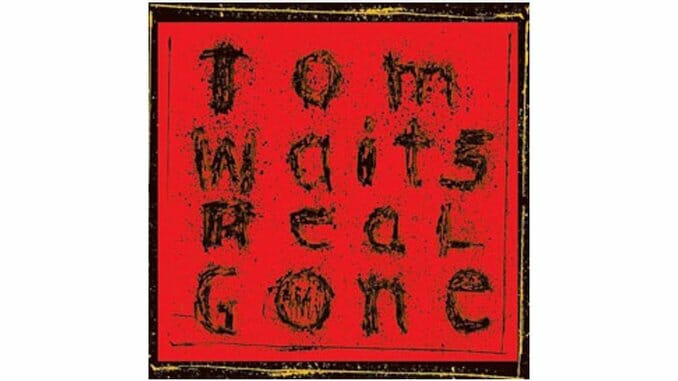Tom Waits – Real Gone

In 1988 Tom Waits recorded a version of “Heigh Ho! (The Dwarfs’ Marching Song)” for the Disney tribute Stay Awake. It was one of those covers that seemed almost too good to be true. Waits’ expressionist aesthetic perfectly fit the song from Disney’s creepiest animated feature, and his beastly phrasing transformed the Dwarfs’ cartoon underground into a veritable Moria, stripping their arduous toil of any workaday fun. And yet, you still got the sense Waits was telling us the work needed doing. Musicians who remain vital and challenging as they age accept their art as a job, without losing sight of their craft. In maturity, artists like Bob Dylan, Neil Young and Tom Waits make music for a seemingly circular reason: because that’s what they do.
-

-

-

-

-

-

-

-

-

-

-

-

-

-

-

-

-

-

-

-

-

-

-

-

-

-

-

-

-

-

-

-

-

-

-

-

-

-

-

-








































